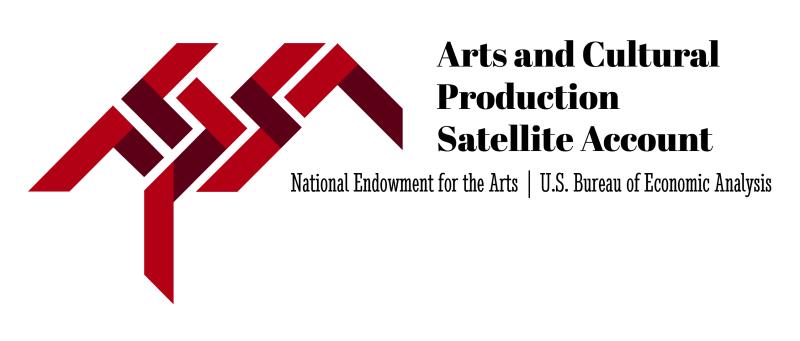2012

It’s a common trope that the value of the arts can be felt rather than measured. While their emotional impact is without a doubt what makes the arts so special, it is also clear that arriving at this personal experience—by reading a book, attending a performance, or watching a movie—generates economic activity.
In 2012, the NEA announced a landmark partnership with the Bureau of Economic Analysis (BEA), a part of the U.S. Department of Commerce. Through this partnership, the BEA developed an Arts and Cultural Production Satellite Account (ACPSA), which became the first federal effort to measure the arts and cultural sector’s contributions to the Gross Domestic Product (GDP).
The ACPSA looks at every aspect of the arts sector, including nonprofit and commercial enterprises, and both direct and indirect contributions. In addition to more obvious transactions such as the sale of tickets or artwork, the satellite account reports on detailed data such as the number of people employed by museums, revenues generated by the advertising industry, and worker compensation in the music industry.
Taken together, these many strands have proven to pack a sizeable punch. In the current year for which we have data, 2020, arts and culture added $876.7 billion, or 4.2 percent, to national GDP. This is more than transportation and warehousing or mining, despite the severe effects on the arts and culture sector due to the COVID-19 pandemic.
As we obtain new data from the ACPSA, we will gain a better, clearer understanding of how the arts impact the American economy, as well as new evidence that the arts aren’t just good for the spirit, but for the wallet too.

